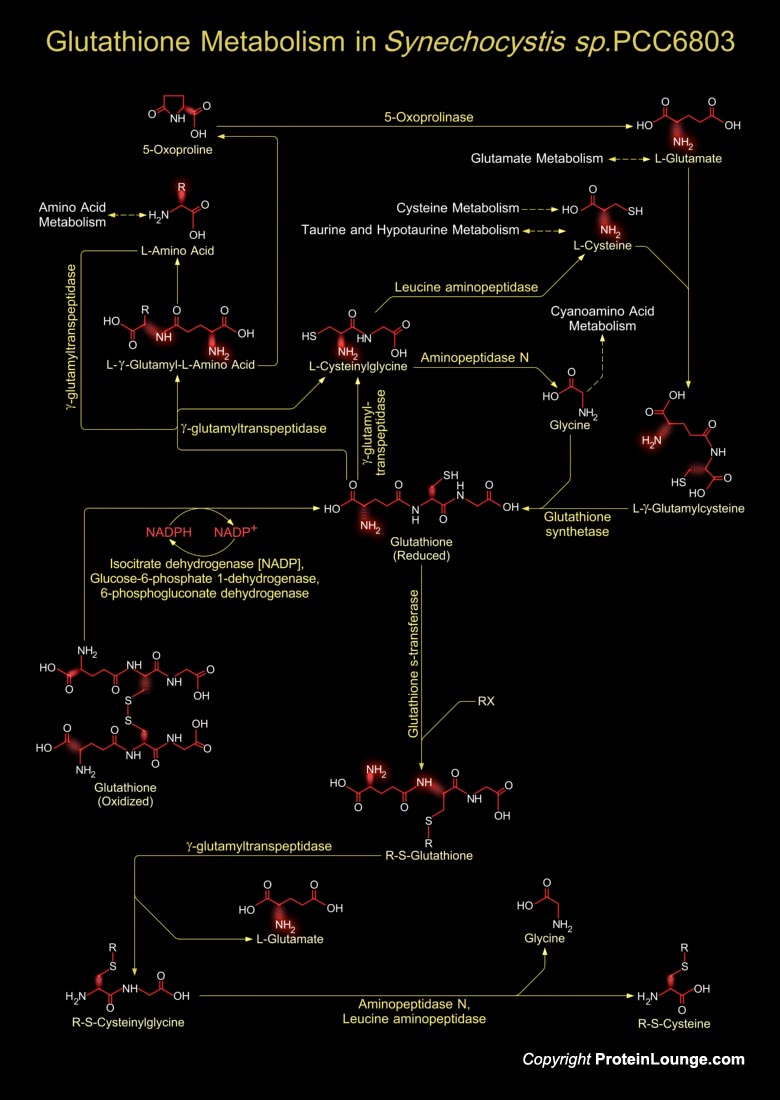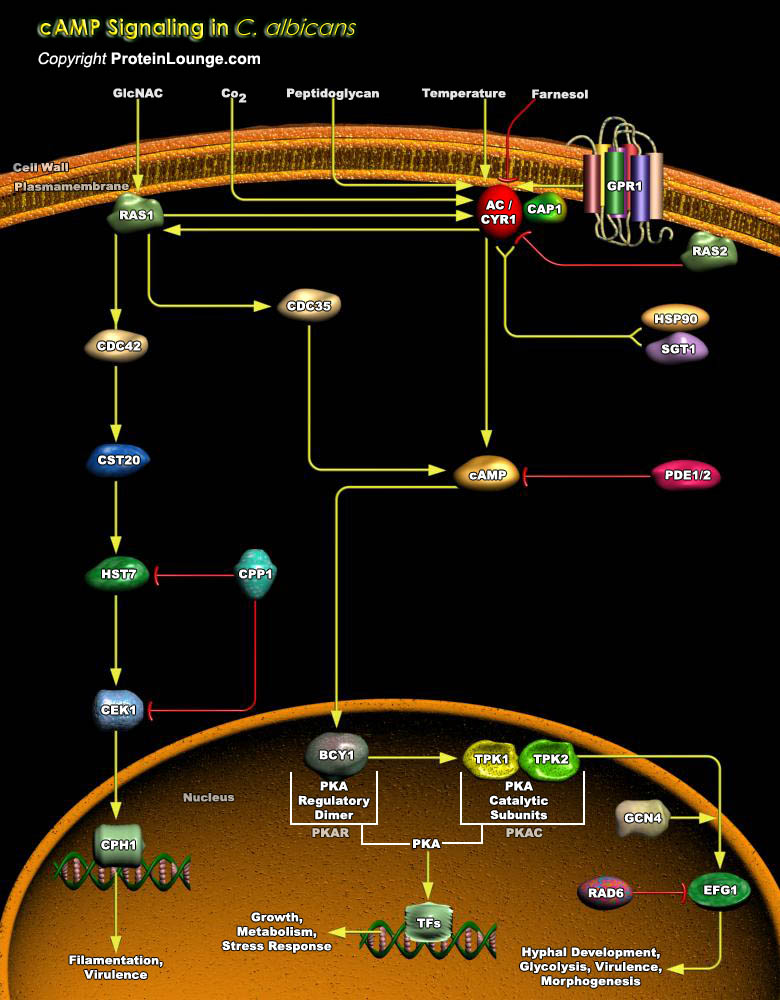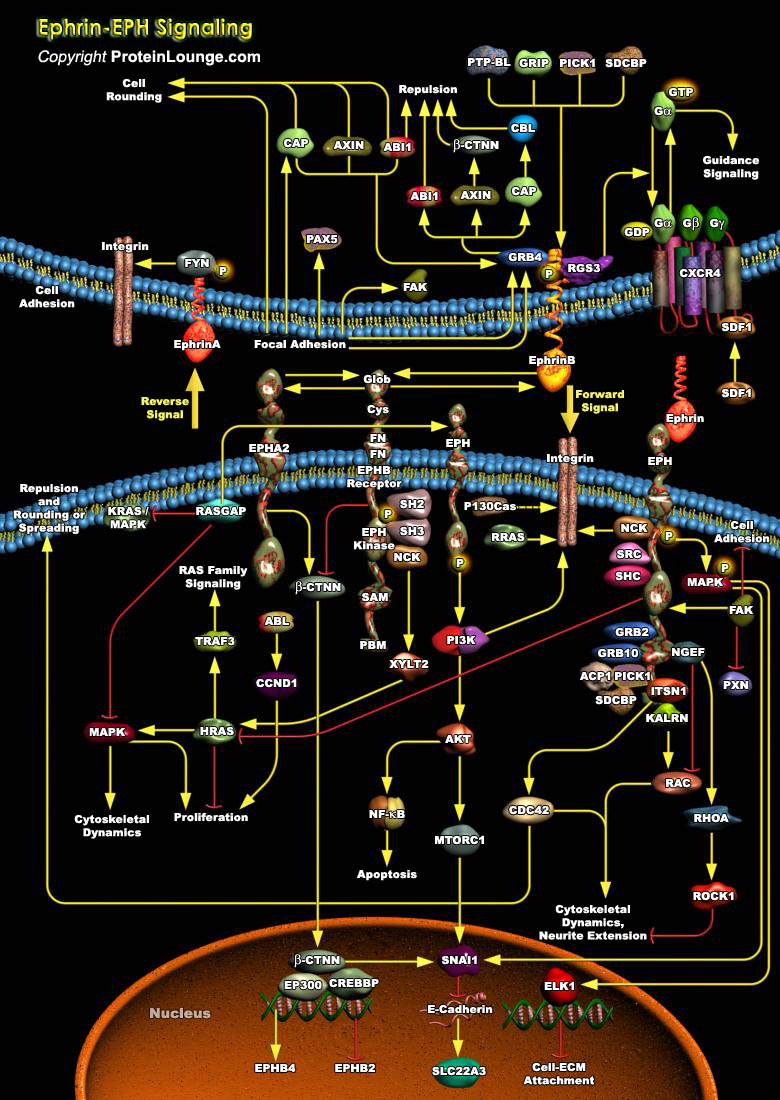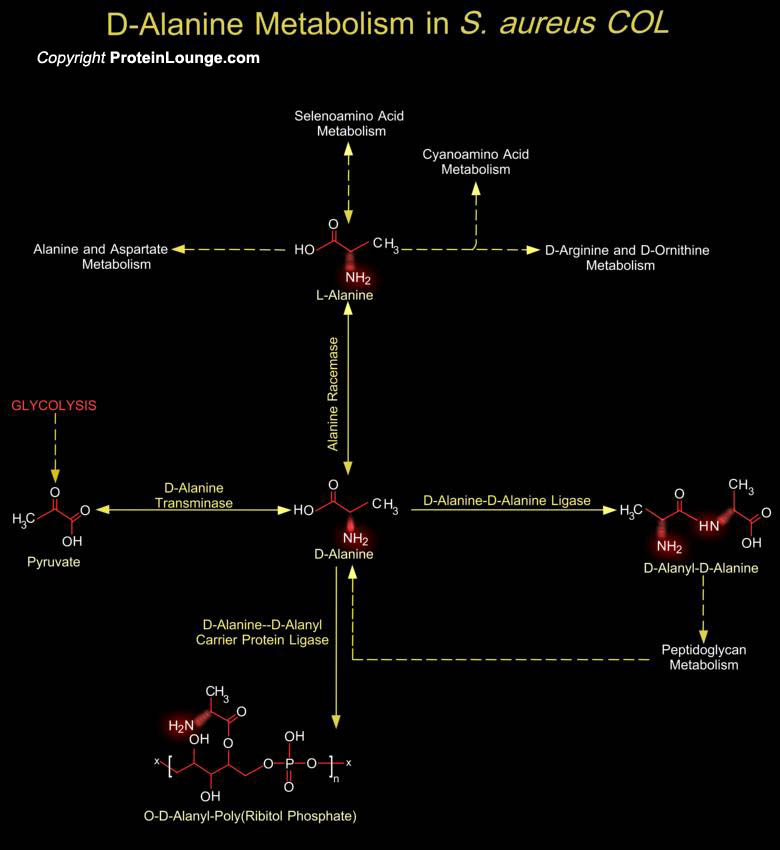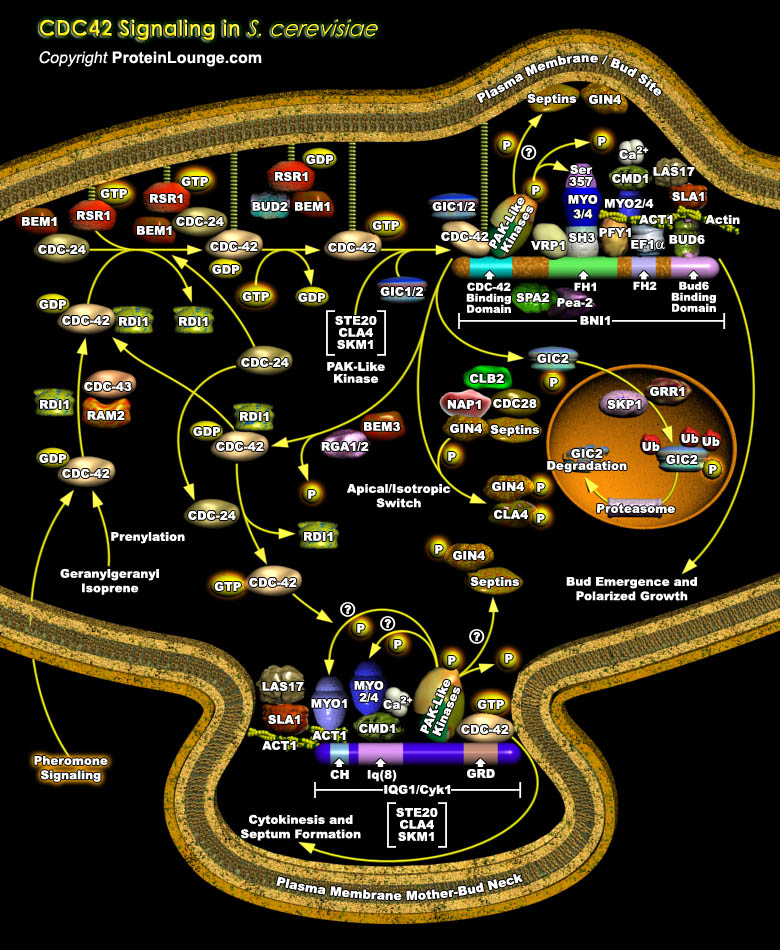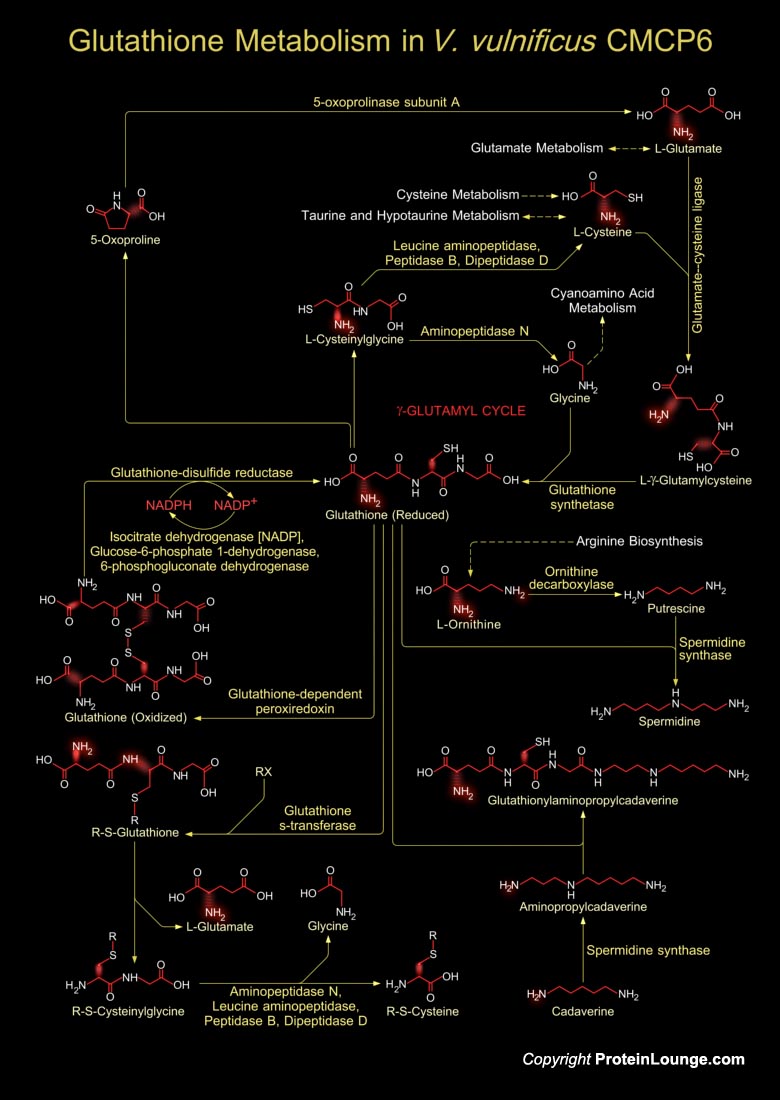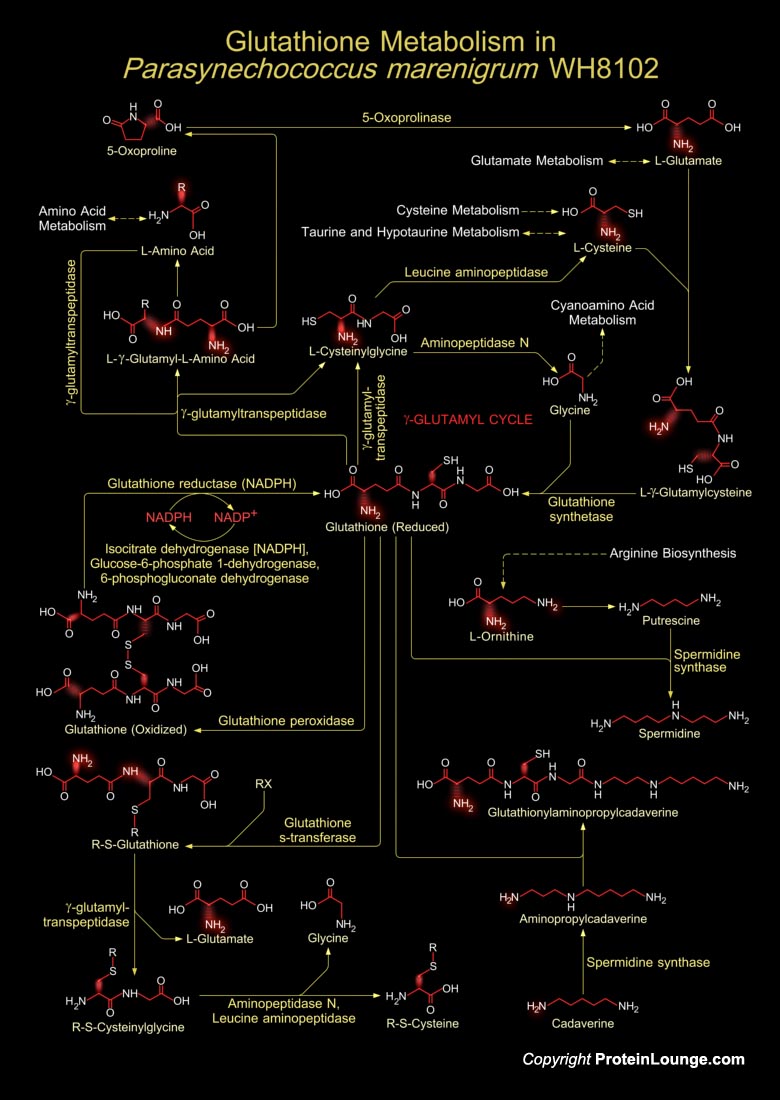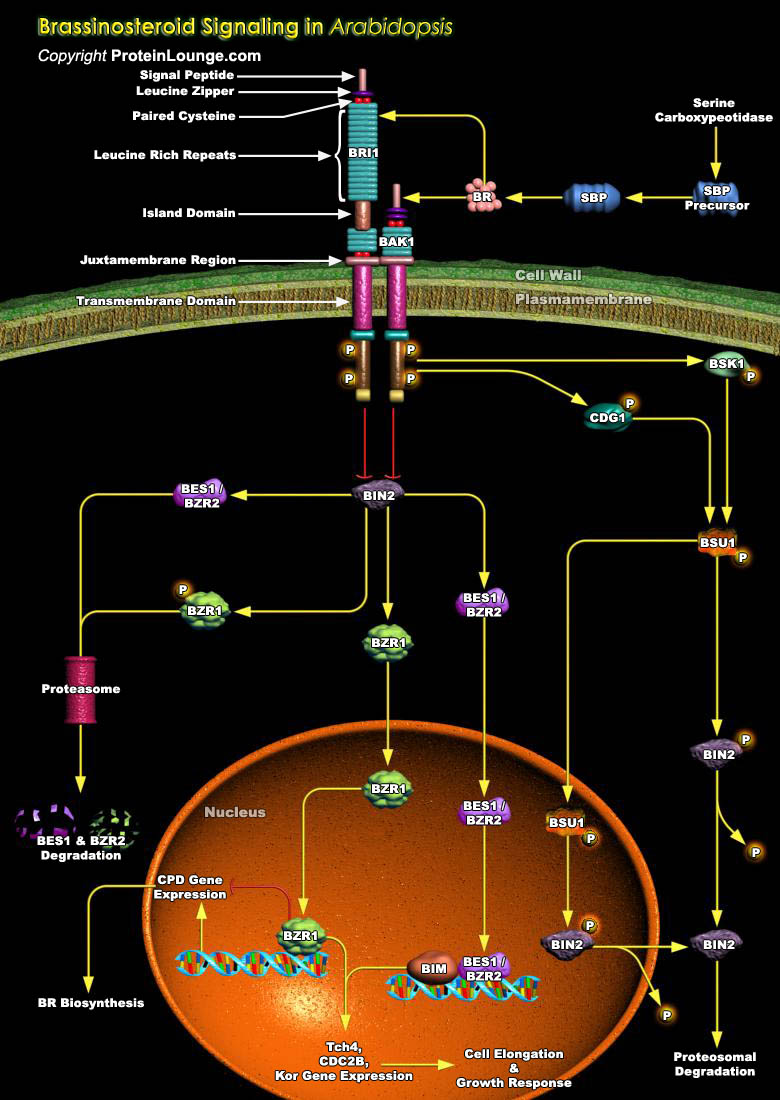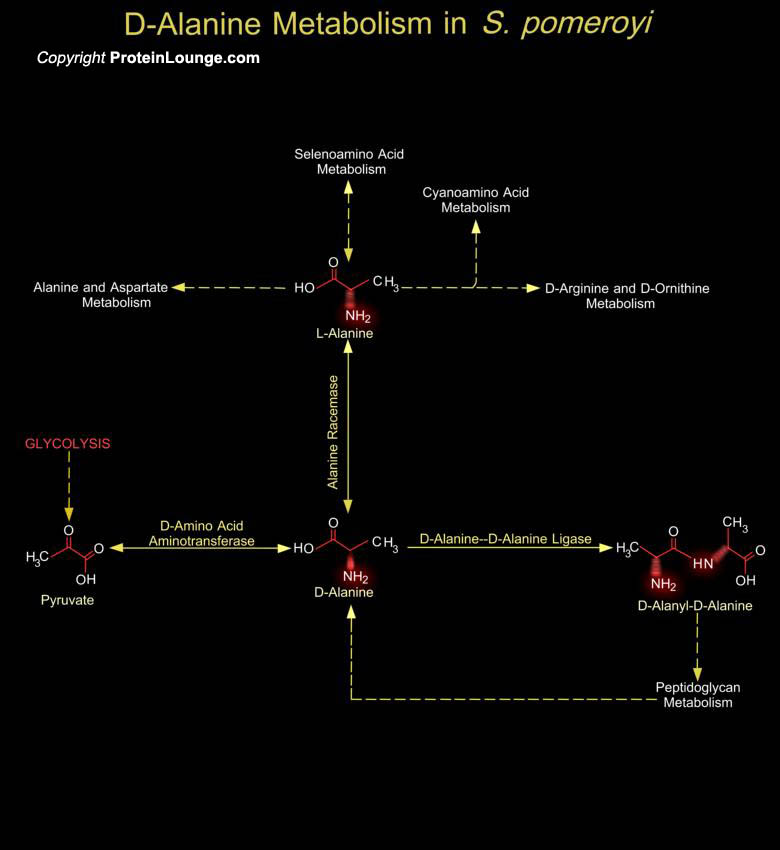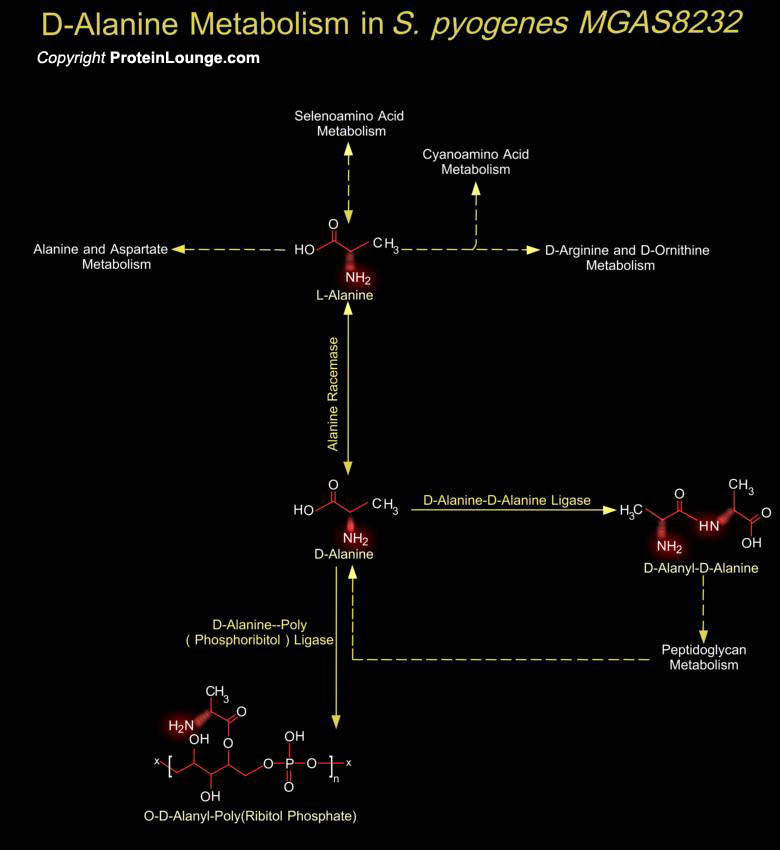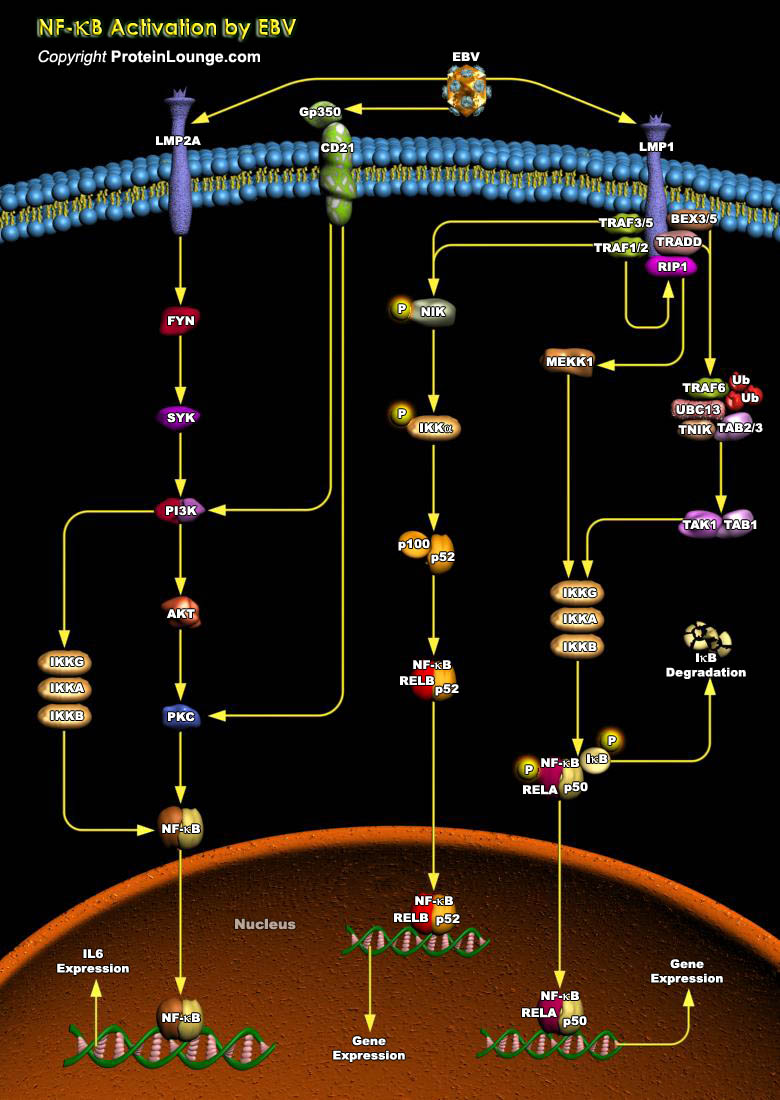Featured Pathways
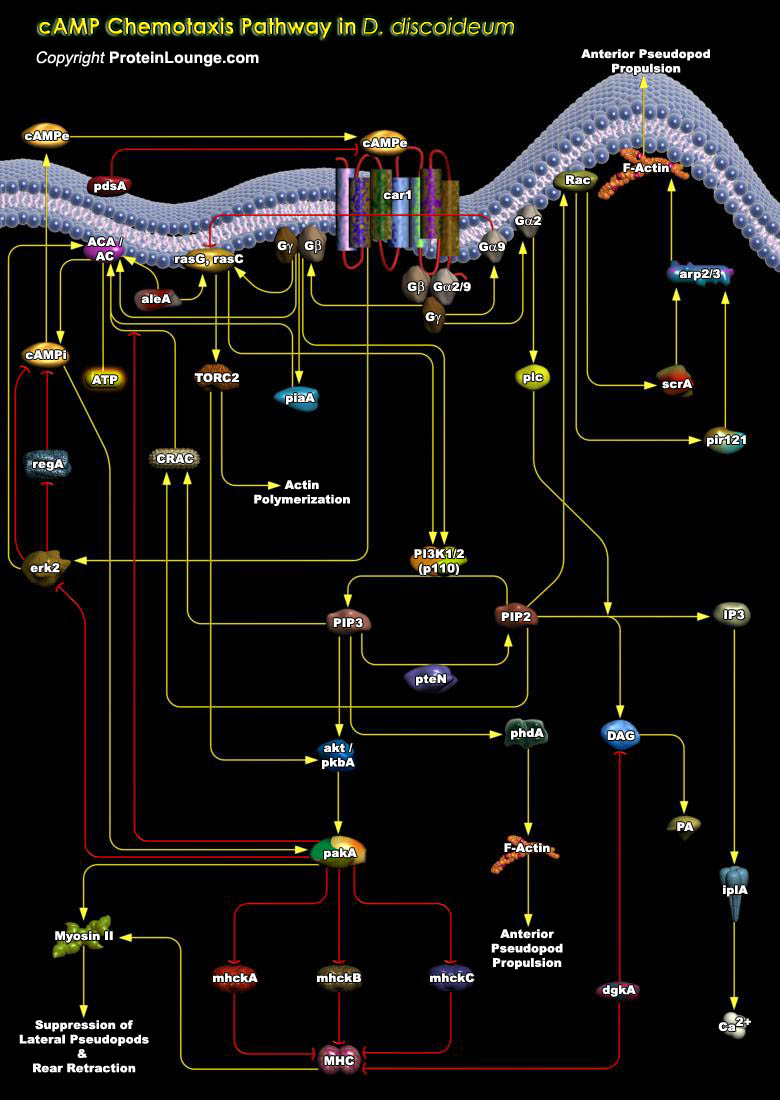
Dictyostelia are a group of organisms that generally aggregate to become multicellular. There are approximately 120 known species of Dictyostelium. Dictyostelium discoideum belonging to the group 4, secrete cyclic adenosine monophosphate (cAMP) toact as a chemo attractant for aggregation. Dictyostelium is a simple eukaryotic model for the study of chemotaxis. Advantages of[..]
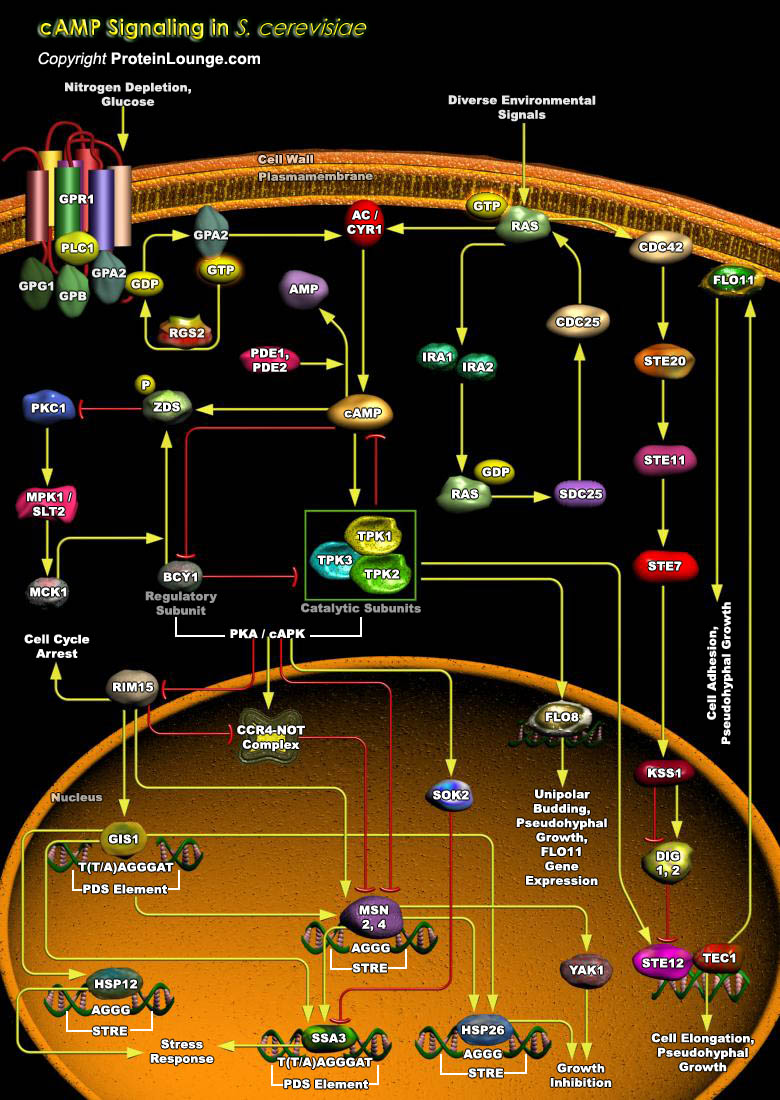
Nutrient derived signals are generally sensed by all organisms in order to adapt themselves to the environment and promote survival. In the budding yeast Saccharomyces cerevisiae (S.cerevisiae), extracellular glucose and a plethora of signals regulate the production of intracellular cAMP. cAMP and associated pathway is important in growth regulation, cell metabolism,[..]
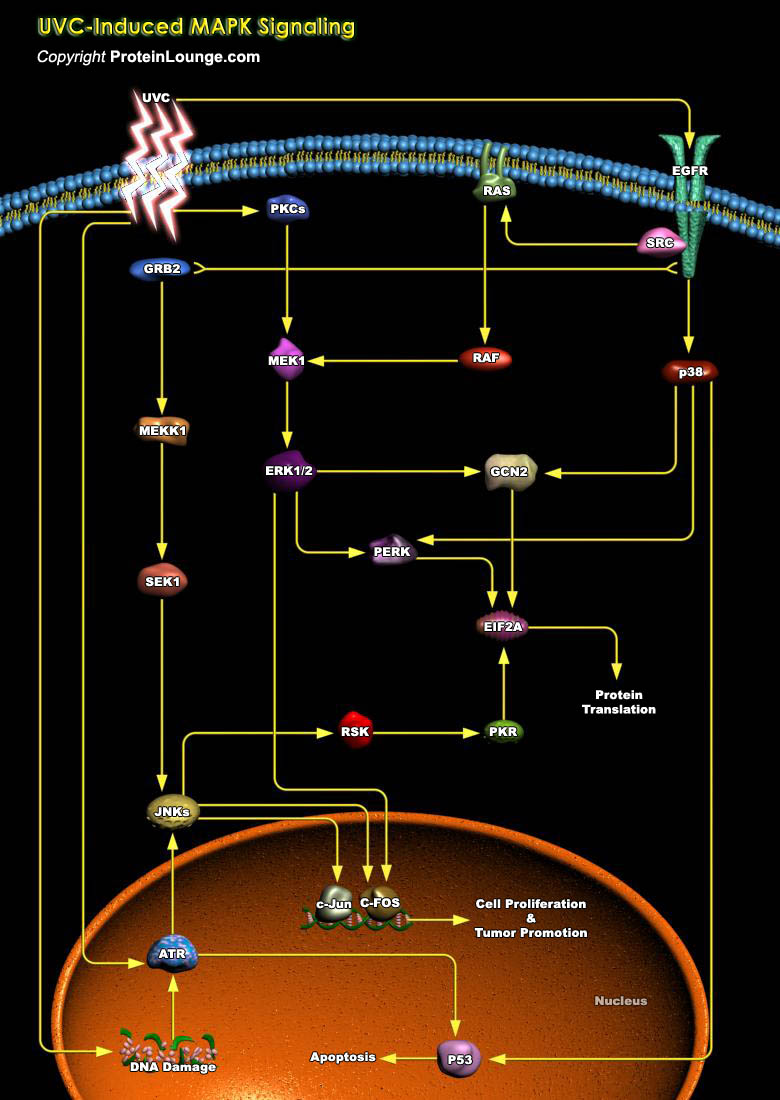
Ultraviolet radiation (UVR) is an electromagnetic radiation that is shorter in wavelength than visible light but longer than X-rays. It falls in the range of 100nm to 400nm and is the most important environmental carcinogen leading to the development of skin cancers. UVR is divided into at least three different categories based on wavelength that includes ultraviolet C (UVC;[..]
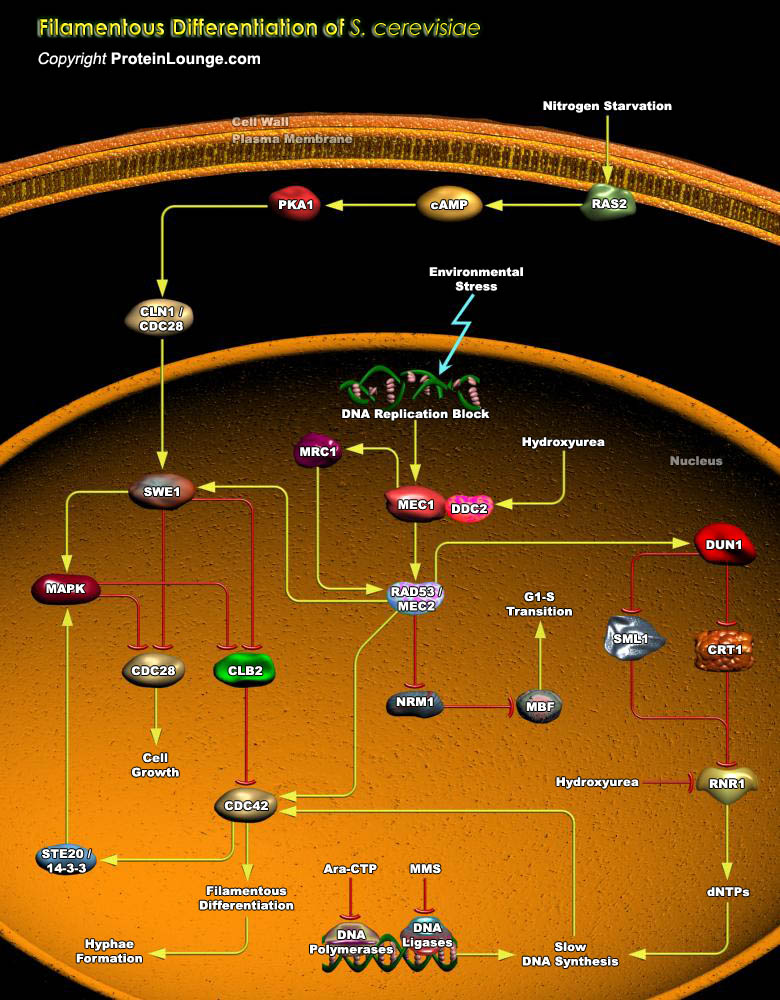
Unicellular S.cerevisiae (Saccharomyces cerevisiae) undergoes developmental switches between two differentiation states in response to environmental cues. Under stress conditions, diploid S.cerevisiae cells switch from the yeast form (growth as single oval cells) to the filamentous or pseudohyphae form (growth as elongated cell chains that retain physical attachment[..]
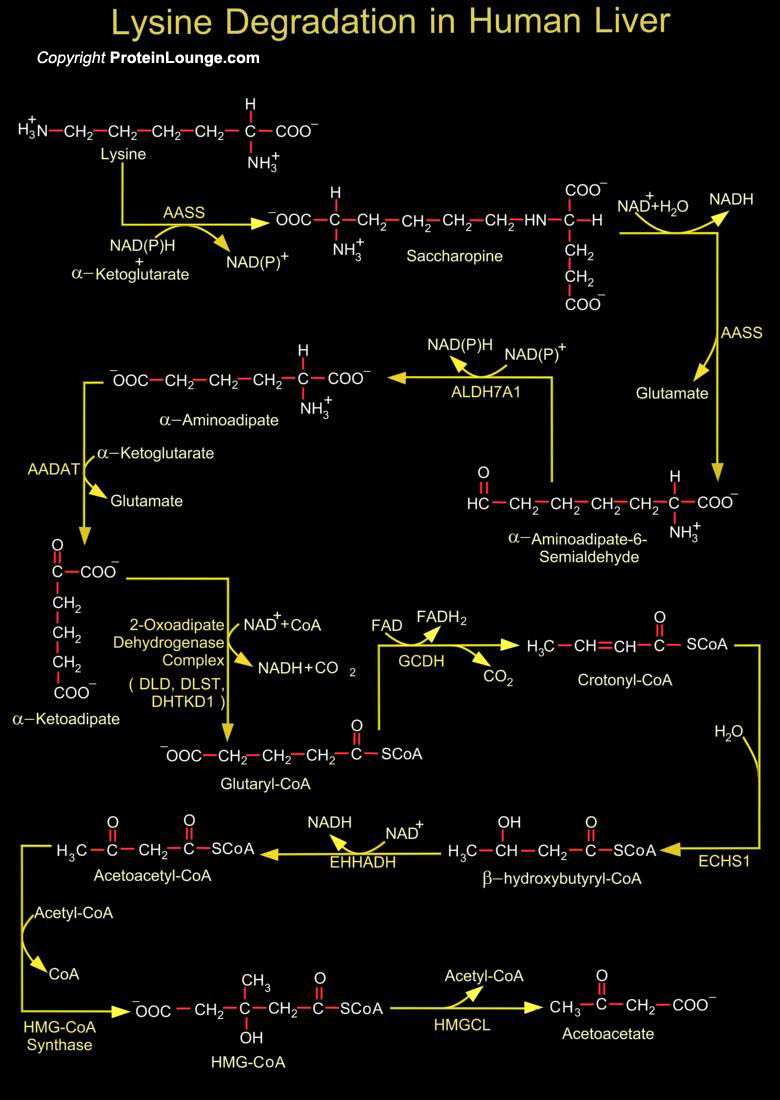
In humans, Lysine is an essential amino acid, and there is no Lysine biosynthetic machinery. However, humans do degrade Lysine. Lysine is incorporated to Collagen, one of the most important components of Connective tissue and its supply is therefore required during embryonic development and early childhood (Ref.1). It is also important for Carnitine Synthesis.[..]
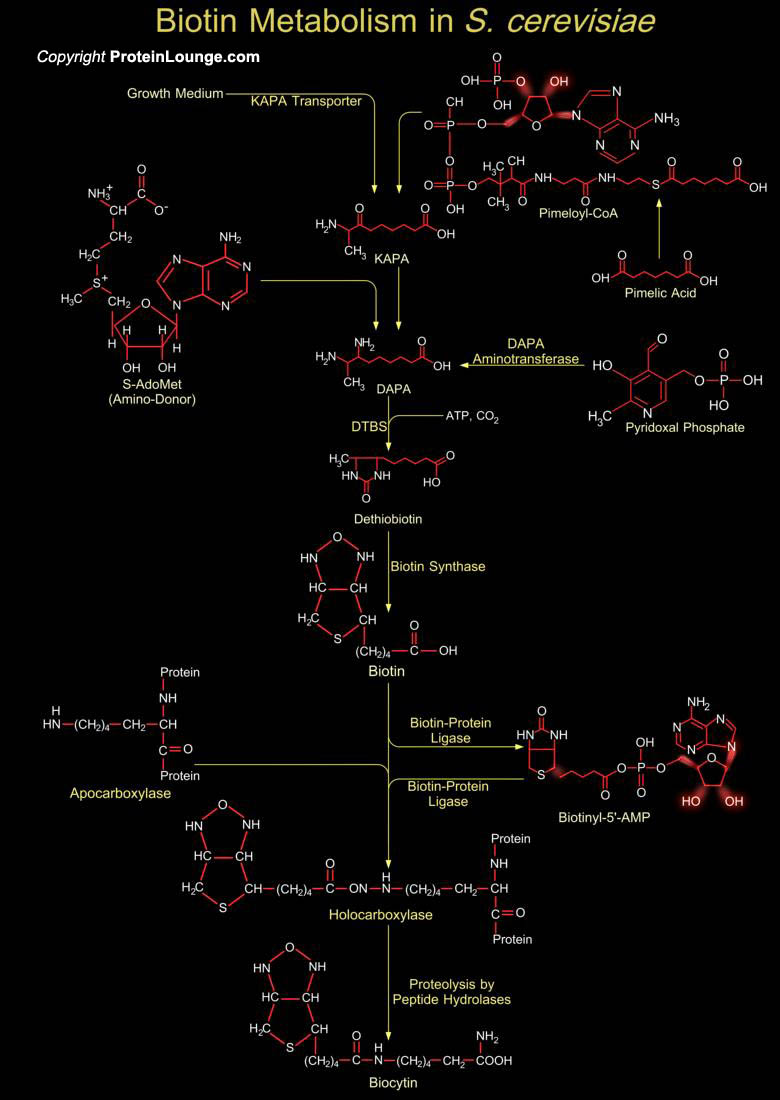
In unicellular eukaryotes like S. cerevisiae (Saccharomyces cerevisiae), Biotin or Vitamin-H, a member of B-Complex group of Vitamins acts as a cofactor for a few essential enzymes of the Carboxylase family. It is also required for the biosynthesis of fatty acids and the metabolism of amino acids and carbohydrates. Some organisms, including higher plants and most[..]
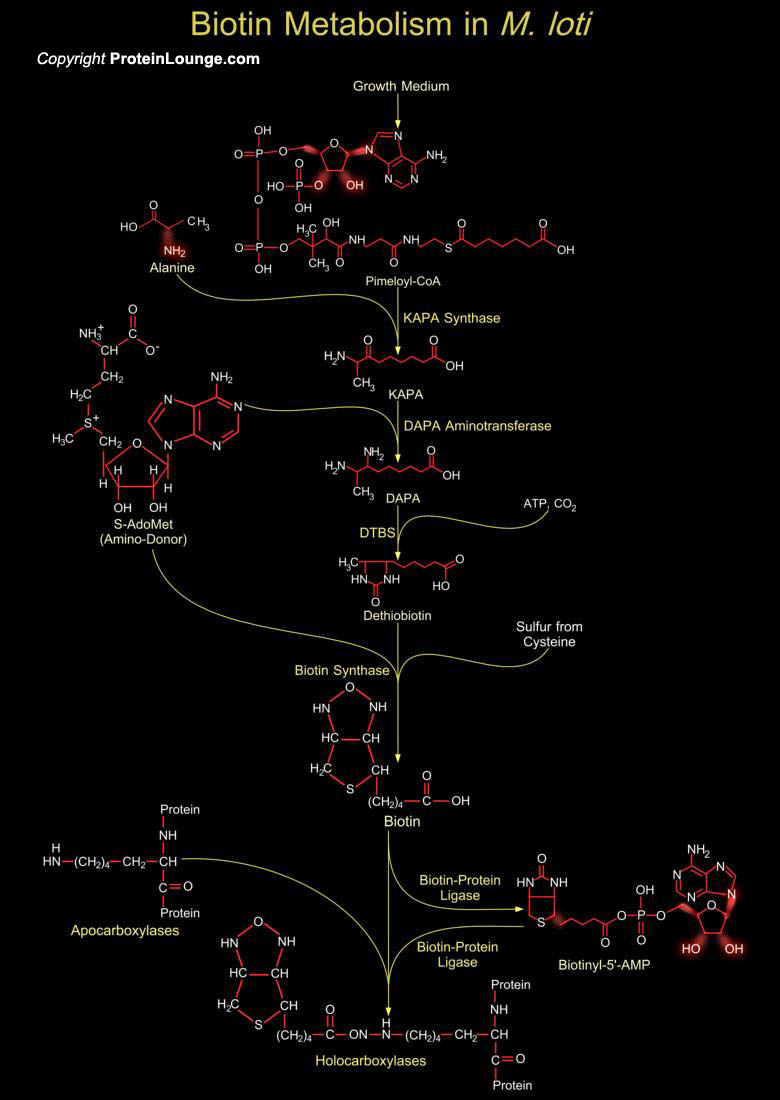
Symbiotic bacteria, together with Phytopathogenic microbes, are plant-interacting microorganisms of major agronomic importance. Among these, Rhizobia are root-nodule-forming Nitrogen-Fixing Legume Symbionts. These microorganisms, in addition to providing an ideal model for studying plant-microbe interactions, play an important role in global nutrient cycling. In Rhizobium sp. also known as[..]
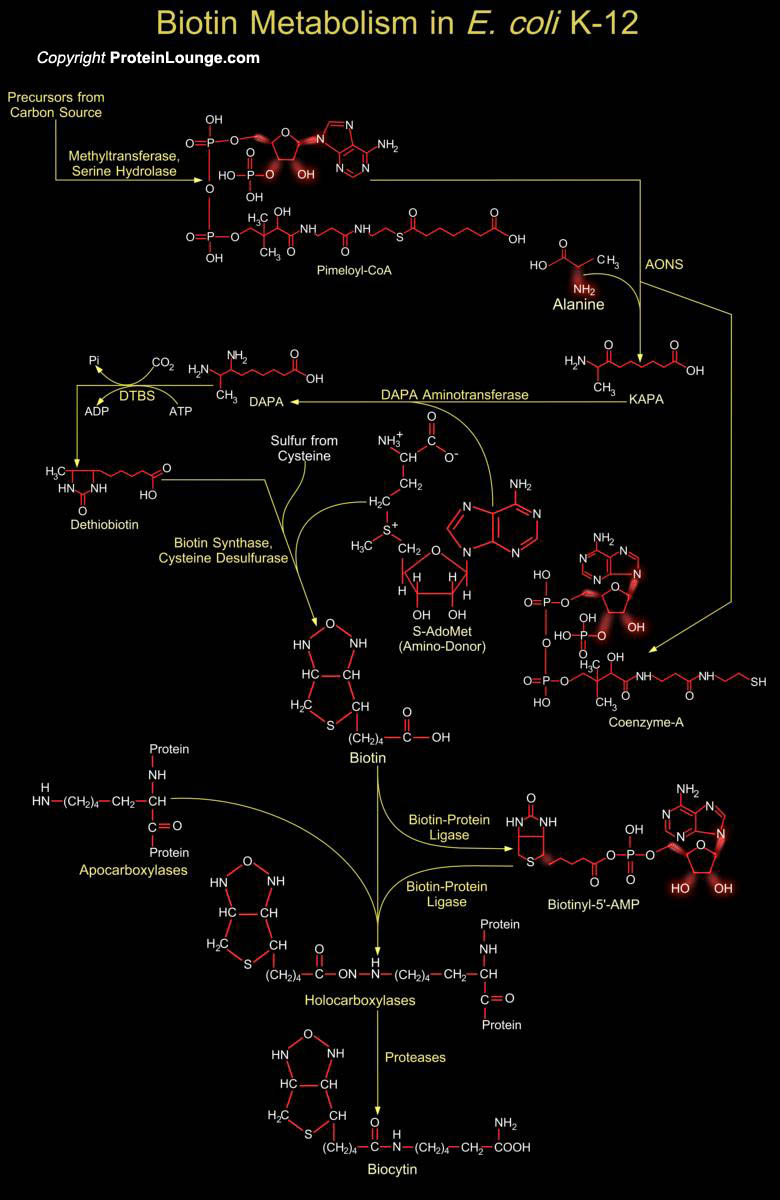
One of the most fascinating cofactors involved in central pathways of pro- and eukaryotic cell metabolism belongs to the B-Complex group of Vitamins known as Biotin or Vitamin-H. Biotin is a colorless and orthorhombic, consisting of two fused rings: an Imidazol (Ureido) and a Sulfur-containing (Tetrahydrothiophene) ring; and the latter is extended via a Valeric acid side chain, which is[..]
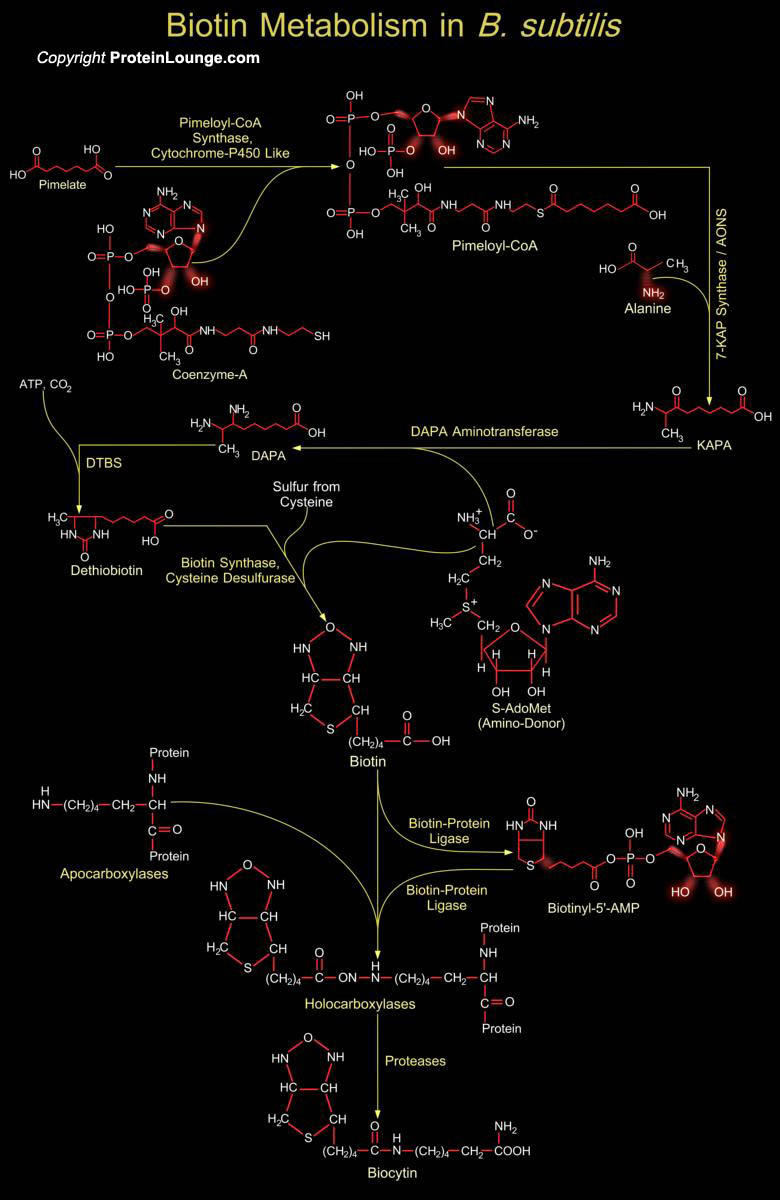
The colorless and orthorhombic Vitamin, Biotin or Vitamin-H, is essential for all living organisms and acts as a cofactor for a few essential enzymes of the Carboxylase family. Bacteria, most fungi and higher plants, are prototrophic for Biotin. Most vertebrates and even some bacteria, rely on exogenous sources. In mammals, Biotin is supplied by intestinal bacteria. In general, Biotin consists[..]
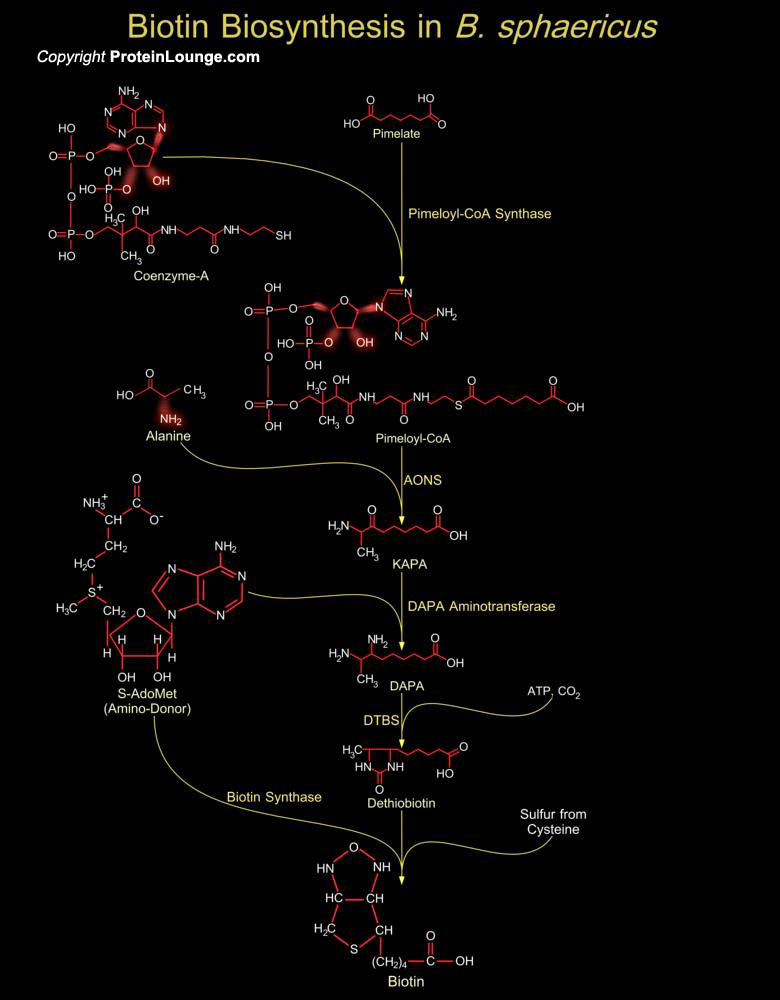
Biotin (Vitamin-H) is essential for all living organisms and acts as a cofactor for a few essential enzymes of the Carboxylase family. Higher plants, most fungi and bacteria, are prototrophic for Biotin. Others, including most vertebrates and some bacteria, rely on exogenous sources. In mammals, Biotin is supplied by intestinal bacteria. Biotin is a colorless Vitamin and Orthorhombic when[..]
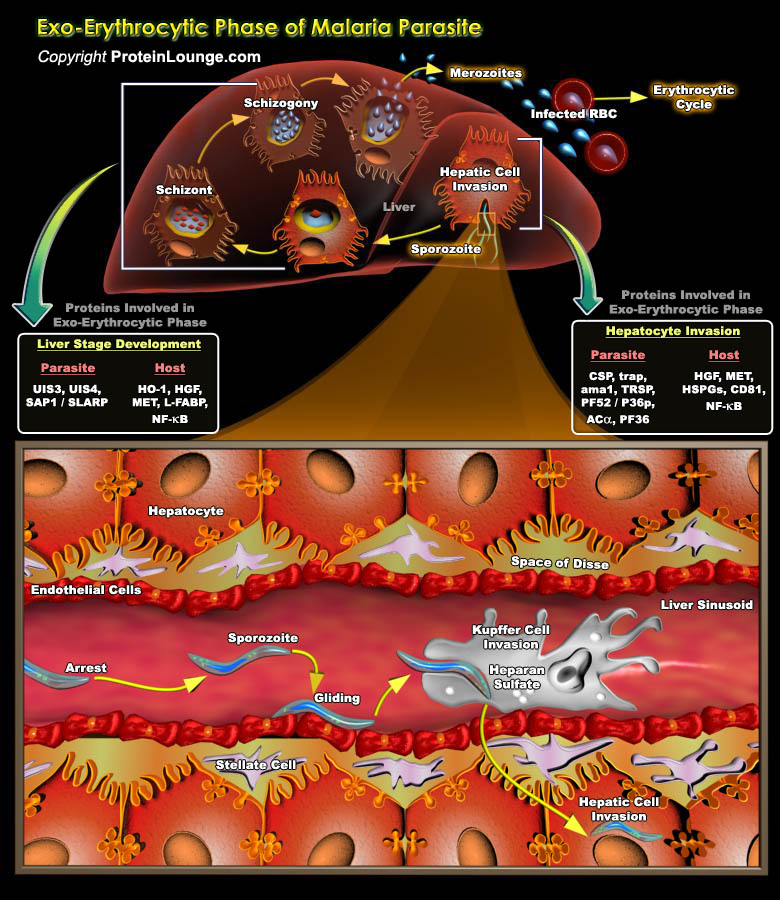
Malaria (from the Italian mal'aria, meaning bad air) is an Acute infection caused by four species of the Protozoa genus Plasmodium: P.falciprium, P.vivax, P.malariae and P.ovale. Plasmodium falciparum is the main cause of disease and death from Malaria. The parasite is transmitted to Humans through the bite of the infected female[..]
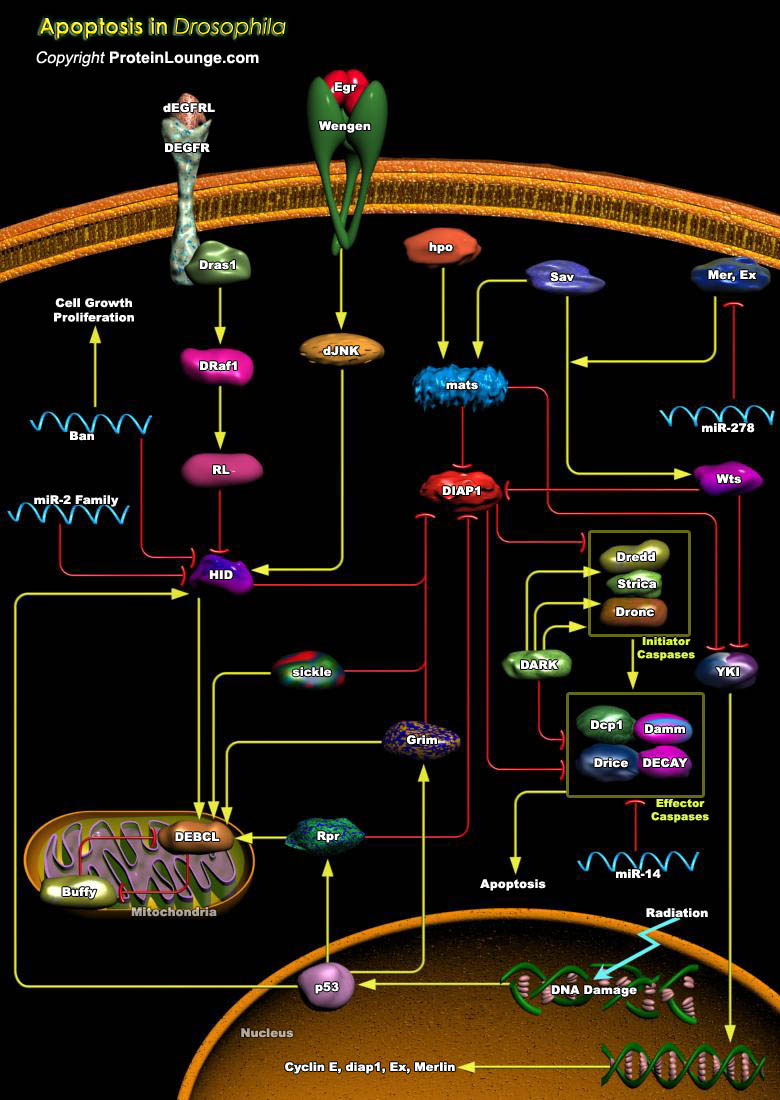
Apoptosis refers to an evolutionarily conserved method of Cell Death that is characterized by specific morphological and biochemical properties. Morphologically, Apoptosis is characterized by a series of structural changes in dying cells: Blebbing of the plasma membrane, Condensation of the cytoplasm and nucleus, and Cellular Fragmentation into membrane Apoptotic bodies. Biochemically,[..]









